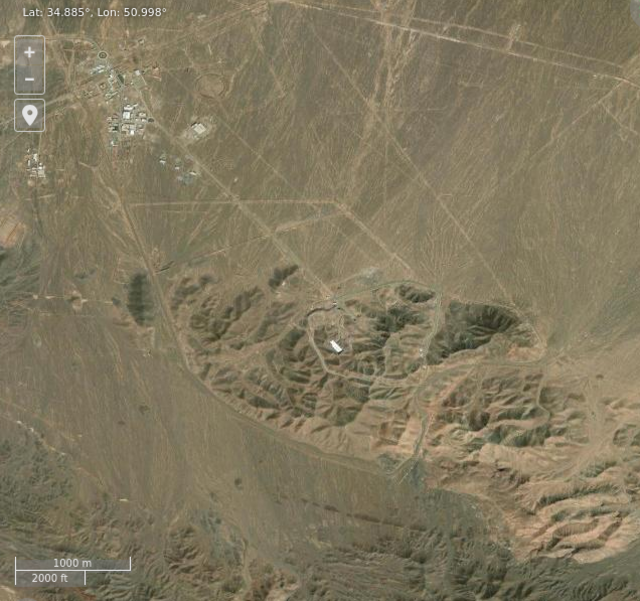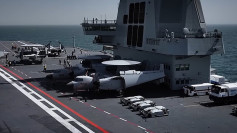The United States military deployed more than 125 aircraft and launched 75 precision-guided weapons in a coordinated strike on Iran's key nuclear facilities, in what Pentagon officials described Sunday as the largest operational use of B-2 bombers in American history. The mission, dubbed "Operation Midnight Hammer," targeted the Fordow, Natanz, and Isfahan sites, delivering what officials called "extremely severe damage and destruction" to Iran's nuclear infrastructure.
"This was a highly classified mission with very few people in Washington knowing the timing or nature of this plan," Gen. Dan Caine, chairman of the Joint Chiefs of Staff, said at a Pentagon briefing. He confirmed the strikes marked the first operational use of the 30,000-pound GBU-57 Massive Ordnance Penetrator (MOP), dropped by seven B-2 Spirit bombers.
At 6:40 p.m. ET on Saturday-2:10 a.m. in Iran-the lead B-2 released two MOPs onto the Fordow site. Over the next 25 minutes, a total of 14 bunker-busting bombs were dropped on Fordow and Natanz. Nearly simultaneously, a U.S. submarine fired more than two dozen Tomahawk Land Attack Missiles at targets in Isfahan. No shots were fired at the American strike package, Caine said, adding, "Iran's surface-to-air missile systems did not see us."
Satellite imagery reviewed by Maxar and CNN confirmed at least six craters over the mountain housing Fordow, consistent with deep-penetration bomb strikes. The International Atomic Energy Agency's Rafael Grossi said there had been a "direct kinetic impact" on the facility. David Albright, president of the Institute for Science and International Security, said, "Total destruction of the underground hall is quite possible."
At Natanz, satellite images captured two new craters directly above the cascade hall used to house centrifuges. A Pentagon official said two bunker-buster bombs were dropped on the site, supported by 30 cruise missiles. Analysts noted disruptions to power infrastructure and reinforced entrances, suggesting Iran anticipated attacks.
In Isfahan, satellite imagery showed at least 18 structures destroyed or damaged and large blackened areas indicative of widespread blast effects. The Institute for Science and International Security reported severe damage to the uranium conversion facility and the apparent collapse of three of the four tunnel entrances. "This is likely a precautionary measure to contain an explosion or prevent the dispersion of hazardous material," the institute said of the observed pre-strike backfilling of tunnels.
Defense Secretary Pete Hegseth praised the mission's execution. "We devastated the Iranian nuclear program, but it's worth noting that the operation did not target Iranian troops or the Iranian people," Hegseth said. "The order we received from our commander in chief was focused, it was powerful, and it was clear."
President Trump, flanked by Hegseth, Secretary of State Marco Rubio, and Vice President JD Vance, addressed the nation from the White House late Saturday. The sites "have been completely and totally obliterated," Trump said. "If peace does not come quickly, we will go after those other targets with precision, speed and skill. Most of them can be taken out in a matter of minutes."
Trump emphasized that this was the longest B-2 Spirit bomber mission since 2001. The strike, coordinated across multiple continents, included B-2 bombers flying east from Whiteman Air Force Base in Missouri and decoy aircraft flying west across the Pacific. Refueling aircraft and support jets joined mid-air to facilitate an 18-hour nonstop mission.
While Iran has downplayed the impact of the strikes-Manan Raeisi, a parliamentarian from Qom, described the Fordow damage as "quite superficial"-Western analysts dismissed the remarks. Initial reports from Iran "should be dismissed," Albright said, referencing past efforts by Tehran to underreport the effects of Israeli or cyber attacks.
At a Pentagon news conference, Caine warned Tehran against retaliation. "Our forces remain on high alert and are fully postured to respond to any Iranian retaliation or proxy attacks, which would be an incredibly poor choice," he said.





